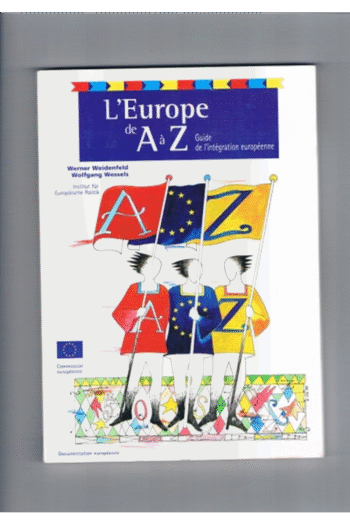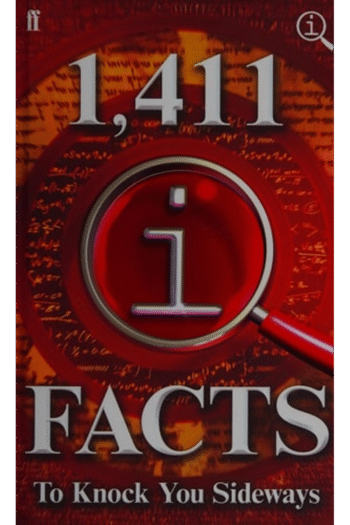Explore the prophetic depths of Isaiah through Katheryn Pfisterer Darr’s *Isaiah’s Vision and the Family of God*. Published in 1994 by Westminster John Knox Press as part of the “Literary Currents in Biblical Interpretation” series, this book offers a compelling, reader-focused exploration of key imagery in the Book of Isaiah. Darr delves into the significance of child and female figures, unpacking their metaphorical weight within the historical and cultural context of ancient Israel. Discover how Darr illuminates Isaiah’s complex messages of judgment and redemption through insightful analysis of rebellious child and personified city motifs. A valuable resource for biblical scholars and anyone interested in the literary artistry and enduring relevance of Isaiah’s vision. This First Edition is a must-have. ISBN: 9780664255374.
Isaiah’s Vision and the Family of God (Literary Currents in Biblical Interpretation)
19,47 $
In stock
Using a pragmatic, reader-orientated approach and informed by contemporary theory of metaphor and related topics, Katheryn Darr examines the meaning and functions of child and female imagery for sequential readers of the Isaiah scroll in its entirety. Having identified the associated commonplaces surrounding such tropes–a necessary task if one is to construe the figurative language of another society and culture competently–she turns specifically to rebellious child and personified city (and nation) imagery.
The Literary Currents in Biblical Interpretation series explores current trends within the discipline of biblical interpretation by dealing with the literary qualities of the Bible: the play of its language, the coherence of its final form, and the relationships between text and readers. Biblical interpreters are being challenged to take responsibility for the theological, social, and ethical implications of their readings. This series encourages original readings that breach the confines of traditional biblical criticism.
| Authors | |
|---|---|
| Binding | |
| Condition | |
| ISBN-10 | 066425537X |
| ISBN-13 | 9780664255374 |
| Language | |
| Pages | 284 |
| Publisher | |
| Year published | |
| Weight | 363 |
| Edition | First Edition |
| Dewey decimal | 224/.106 |
Related products
-
X-Men: Children of the Atom #1
16,22 $ -
Europe From a to Z
13,14 $
- Additional information
- Currencies
- USD – United States dollar
- EUR – Euro
- GBP – Pound sterling
- CNY – Chinese yuan
- BRL – Brazilian real
- MXN – Mexican peso
- JPY – Japanese yen
- PHP – Philippine peso
- THB – Thai baht
- PLN – Polish złoty
- CAD – Canadian dollar
- MYR – Malaysian ringgit
- AUD – Australian dollar
- TWD – New Taiwan dollar
- CZK – Czech koruna
- SEK – Swedish krona
- HUF – Hungarian forint
- ILS – Israeli new shekel
- CHF – Swiss franc
- HKD – Hong Kong dollar
- DKK – Danish krone
- SGD – Singapore dollar
- NOK – Norwegian krone
- NZD – New Zealand dollar





